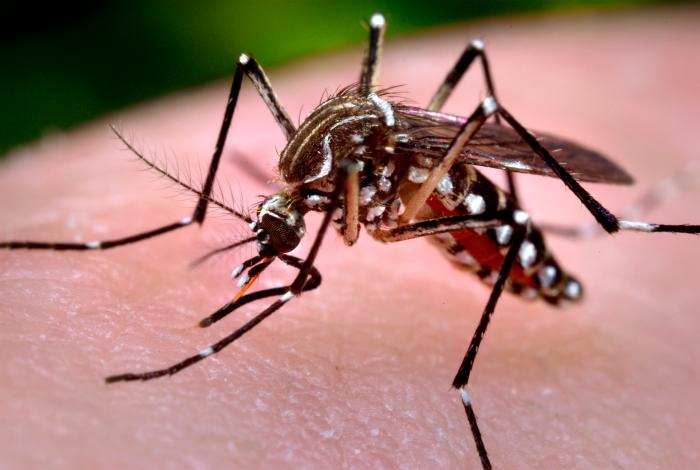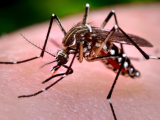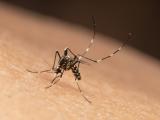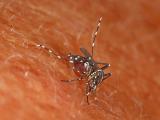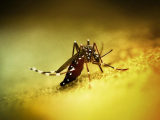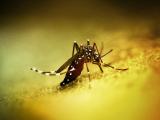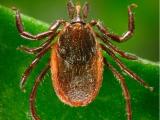Chikungunya virus infection poses an increased risk of death for nearly 3 months after illness onset, including from cerebrovascular disease, ischemic heart disease, and diabetes, data from 2015 to 2018 in Brazil suggest.
Yesterday in The Lancet Infectious Diseases, researchers from Brazil and the United Kingdom describe how they linked national databases on social programs, notifiable diseases, and death for chikungunya cases and deaths.
First to explore risk of death after infection
For the matched cohort study, chikungunya patients in the 100 Million Brazilian Cohort diagnosed from January 2015 to Dec 2018 were matched with unexposed participants. The team also conducted a self-controlled case series that included all chikungunya deaths, with patients acting as their own controls according to study periods relative to date of diagnosis. Follow-up was 2 years.
Chikungunya virus is a mosquito-borne illness that causes severe muscle and joint pain, high fever, headache, rash, fatigue, nausea, and eye redness, and it can lead to death. First identified in 1952 in Tanzania, it has now been found in nearly 40 countries in Asia, Africa, Europe, and the Americas.
"Previous studies have assessed the risk factors for severe versus mild chikungunya virus disease," the study authors wrote. "However, the risk of death following chikungunya virus disease compared with the risk of death in individuals without the disease remains unexplored."
Need for better access to vaccines
The incidence rate ratio (IRR) of death within 7 days of symptom onset among the 143,787 matched cohort participants was 8.40 relative to unexposed participants, falling to 2.26 at 57 to 84 days, 1.05 at days 85 to 168, and about 1.00 (with wide confidence intervals) thereafter.
The IRRs of death within 28 days of illness onset were 2.73 for cerebrovascular disease, 8.43 for diabetes, and 2.38 for ischemic heart disease, with no evidence of elevated risk at days 85 to 168.
This study highlights the need for equitable access to approved vaccines and effective anti-chikungunya virus therapeutics and reinforces the importance of robust vector-control efforts to reduce viral transmission."
A total of 1,933 patients in the case series who died of chikungunya were included in the case series. The IRR of all-cause natural death within 7 days of chikungunya diagnosis was 8.75, declining to 1.59 at 57 to 84 days and 1.09 at 85 to 168 days.
"This study highlights the need for equitable access to approved vaccines and effective anti-chikungunya virus therapeutics and reinforces the importance of robust vector-control efforts to reduce viral transmission," the researchers wrote.
Writing in a related commentary, Henrik Salje, PhD, and PhD candidate Oscar Cortes Azuero, both of the University of Cambridge, note that chikungunya is becoming more common owing to increased community connectivity and climate change.
"Regions, such as Europe and North America, that were historically free from the virus now regularly see local transmission," they wrote. "To date, health concerns about the virus have centered around the risk of long-term debilitating joint pain. However, it is becoming clear that the risk of death from chikungunya virus infection has been under-appreciated."
